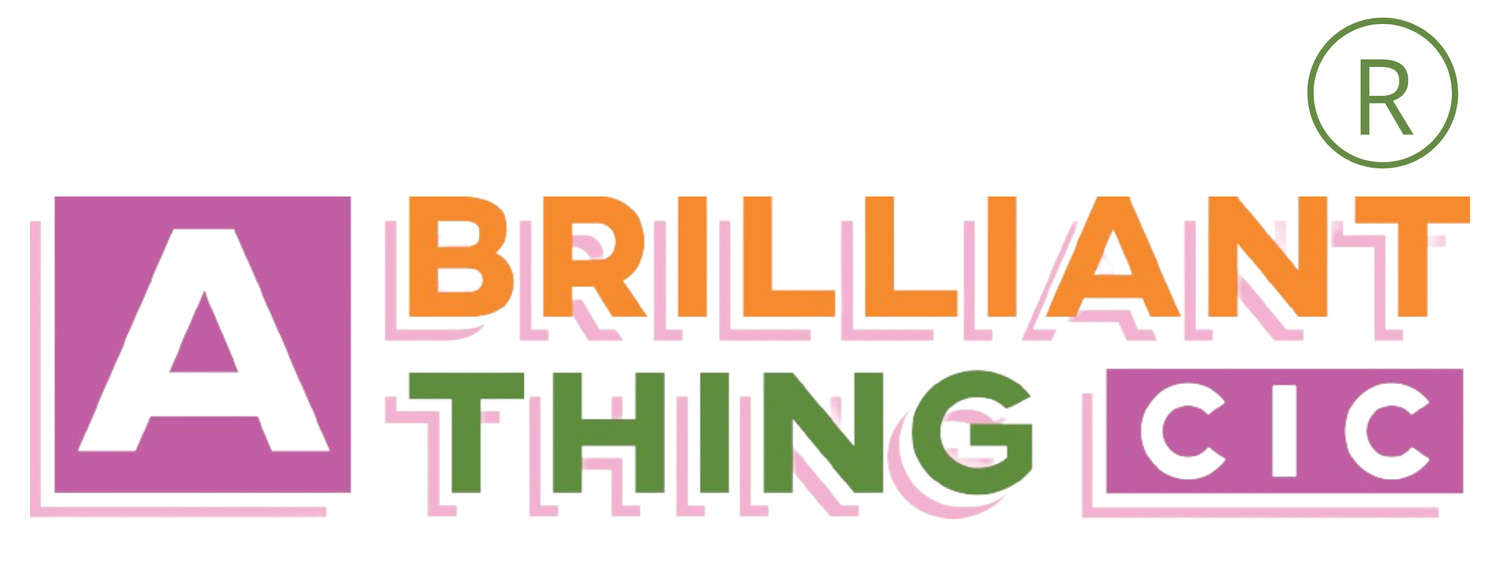Organisational Development - A Frame to Dance Within
The quality of our work is determined by the spaces we occupy and the experiences we share.
Organisational Development connects the dots between the ‘what-how-why’ of your business, aligning your what your business does (product, service, offer) with your work-practices, culture, customers, and purpose. OD can improve how it feels to work in and engage with your business, and maximise your organisational goals. I like to call this ‘A Frame to Dance Within’
In Nancy Kline’s bestselling book I learnt that a key component of the ‘Thinking Environment’ is the physical space that thinking takes place in. Kline describes the Thinking Environment as stimulating, kind, alive and authentic. To create this powerful environment, she notes that the physical space must say ‘you matter’, through how it is organised or how it reflects the needs and desires of the people who use the space. We need to organise our space, to allow development.
‘Create a Temporary Alternative World’ This advice from Priya Parkers book ‘The Art of Gathering’ evokes a feeling of possibility around both the space people gather in and the experience of collective gathering. Parker also outlines how a successful gathering, needs boundaries, a structure and a conceptual or physical, closed space to feel intimate and memorable. Setting the boundaries and parameters of work creates an alternative world that chimes with Parkers description, providing freedom within a safe and held space to imagine, make, test and refine ideas.
Through the dance of my career I have curated, hosted and facilitated many gatherings. Conferences, workshops, community festivals, events, parties and exhibitions. My favourite part of this curation is thinking through the participants journey, creating experiences that match the purpose of the event, aligning the visuals, activities, agendas and even catering to communicate the value of the person attending and the message of the occasion. Specifically organising activity around purpose provides that valuable frame to fill.
Entering a conference through a tent filled with community art and personal stories set the tone for a Cartwheel Arts Art for Wellbeing event. Breakouts between presentations to make placards or take part in a radical stand-up comedy workshop and huge Gaffa-tape signs encouraging people to swap skills and ideas provided the backdrop for a ‘Health as a Social Movement’ gathering. A marketplace of fruit and veg nestled amongst fresh ideas for fun physical activities, team-drawing a picture of a healthy festival and and a lunchtime meditation circle. This combination of experiences, peppered with data and talks, communicated the importance of holistic health at an event raising awareness of childhood obesity. A junk modelling workshop unlocked the personal characteristics needed to be a co-designer with a group of professionals. Characters with big cardboard feet were made (ability to walk in other’s shoes) colourful paper hearts were crafted and sticky-tape ears constructed (empathy, kindness, listening). The conversation around this childlike activity was rich and profound.
Careful consideration of the ‘Frame’ (my interpretation of ‘Organisational Development’) will improve the dance (or ‘the work’), not considering it will stop the dance. My jaunty pencil cases full of art materials were no match for the corporate board room and unspoken hierarchy. A new group expected to trust each other enough to share ideas with managers, in a 30minute slot between appointments wont work. Switching the environment, swapping the structure, adapting to the needs of the groups increases engagement, confidence, and connection, and allow innovation to flow. A beautiful (and drafty!) church hall next to the doctor’s surgery, enabled GP’s and Patients to come together and share an experience while developing Altogether Better’s Collaborative Practice model. That shared experience led to multiple, quality patient support and community offers being delivered in the GP waiting room and a mutual respect between volunteers and professionals.
Time, attention, surroundings, expectations, understanding individuals need and setting an environment that promotes equality and equity are vital. With these elements invested in quality group work happens even under extreme pressure.
The Community Warehouse developed in a pandemic, now supporting over 30 charities with food, supplies and ‘care packages’ that offer help and humanity to hundreds of people across Rochdale Borough. Camerados approach to ‘looking out for each other’ creating spaces for connection in often in tough circumstances and environments, like hospitals where life and death coexisting between white walls. The ‘Kindness Cards’ volunteer action project that allowed people to offer support at the beginning of the pandemic from their home, writing hopeful messages to care home staff- now the cards have been reimagined as Kindness Masks, gifted to residents as part of community response work.
As we move through the pandemic, with all its restrictions and uncertainties, maybe we can start to think of these restrictions as part of the frame we can operate, or dance within. On or offline, and within the damaging environment of a global health crisis, hope can be grown. Something we can do is focus on the quality of the spaces we occupy and the value of experiences we share. Growing spaces to come together, building an ecosystem of people, making time to share experiences will nurture the joy of the dance again.

